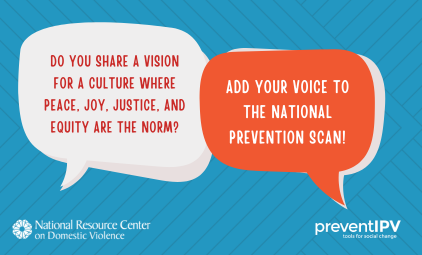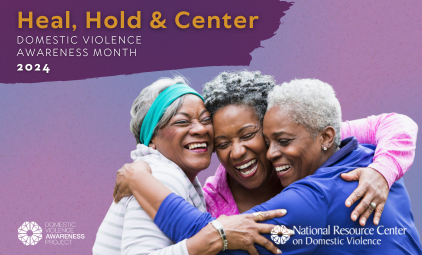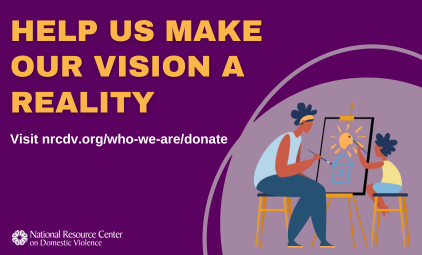![]() An advocate contacted the NSVRC asking for assistance in starting up a shelter for sexual violence victims and survivors in her community. She expressed concern that in her area, there were no shelter options specifically designed for sexual assault victims and survivors. She was starting from the very beginning, looking for partners, funding, by-laws, best practices, and other resources. The NSVRC referred her to the Sexual Assault Crisis Team (SACT) in Barre, Vermont – one of the only shelters specifically for sexual violence survivors in the nation. SACT provides trauma-informed shelter to all victims of sexual violence regardless of gender identity, age, race/ethnicity, immigration status, ability/disability, class, and sexual orientation. In addition, the NSVRC shared resources on housing and sexual violence, put her in touch with the Resource Sharing Project, and connected her to the state coalition and local rape crisis center.
An advocate contacted the NSVRC asking for assistance in starting up a shelter for sexual violence victims and survivors in her community. She expressed concern that in her area, there were no shelter options specifically designed for sexual assault victims and survivors. She was starting from the very beginning, looking for partners, funding, by-laws, best practices, and other resources. The NSVRC referred her to the Sexual Assault Crisis Team (SACT) in Barre, Vermont – one of the only shelters specifically for sexual violence survivors in the nation. SACT provides trauma-informed shelter to all victims of sexual violence regardless of gender identity, age, race/ethnicity, immigration status, ability/disability, class, and sexual orientation. In addition, the NSVRC shared resources on housing and sexual violence, put her in touch with the Resource Sharing Project, and connected her to the state coalition and local rape crisis center.
Sixty-one percent of girls and 16% of boys report sexual abuse at home as reason for running away (Estes & Weiner, 2001).
This request shed light on an important issue and need: the role of stable shelter in preventing and responding to sexual violence. Sexual violence most often occurs at or near home. More than 50% of all reported rape/sexual assault incidents occurred within one mile of or in the victim’s home (U.S. Department of Justice, 1997), which may create a dire need for victims to relocate and to find safety in temporary and transitional shelter. Just as sexual violence can undermine a person’s housing, homelessness can create risks for sexual violence, making shelter a critical resource and lifeline. In a sample of racially diverse homeless mothers, 92% of participants reported that they had experienced severe physical or sexual violence during their lives; 43% experienced child sexual abuse (Goodman, Fels & Glenn, 2006).
According to a study of homeless and marginally housed people, 32% of women, 27% of men, and 38% of transgendered persons reported either physical or sexual victimization in the previous year (Kushel et al., 2003).
Safe, affordable housing is not only a basic human right and need – it is a critical component of the healing process for sexual violence victims and survivors. Too many victims and survivors lose their housing or find themselves trapped in homes where they have to endure further sexual victimization because there are no other options.
Research shows that housing can serve as a critical protective factor against sexual violence and other forms of violent victimization (Goodman, Fels & Glenn, 2006).
Few organizations provide transitional housing or shelter exclusively for people who experience sexual violence. Making appropriate referrals to local resources quickly and efficiently can help to promote healing to prevent further instances of sexual violence. Learn more about the intersections of housing and sexual violence, collaborate with local housing and homelessness advocacy organizations, and find out what’s available in your area.
Do you know what housing services are available to victims and survivors of sexual violence in your area? Share here to begin the dialogue with other advocates and activists.


















